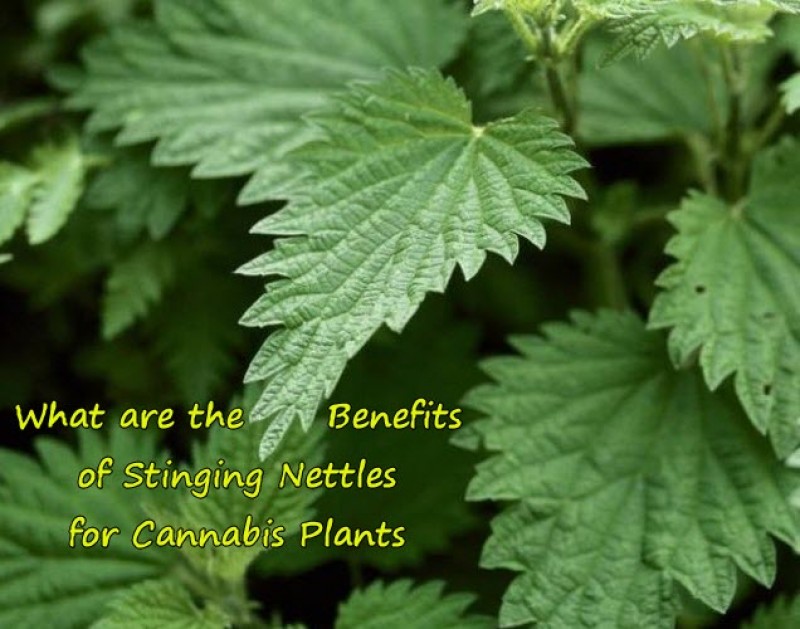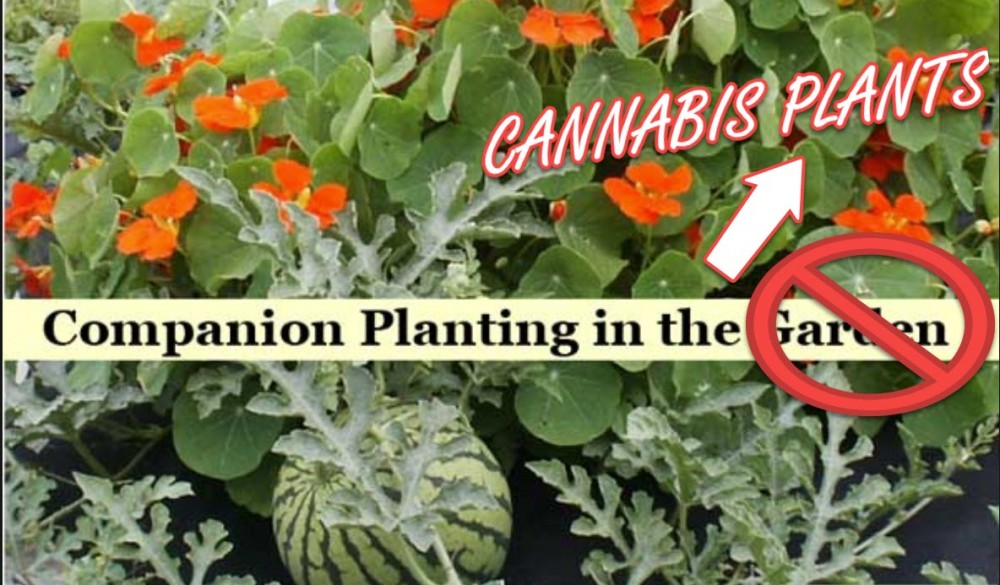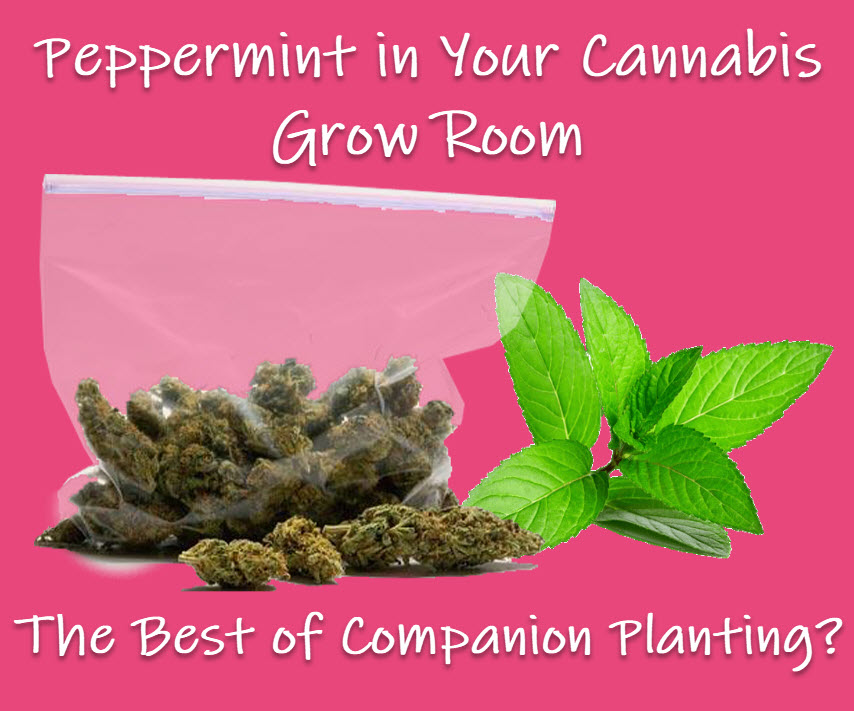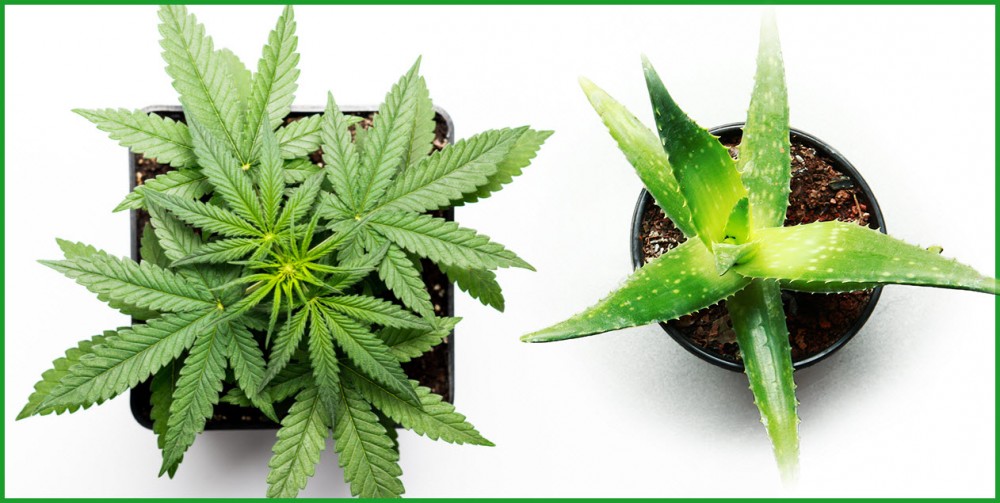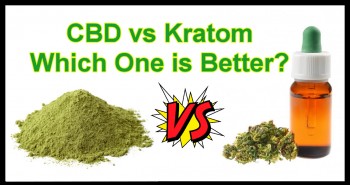What are the Benefits of Stinging Nettles to Cannabis Plants
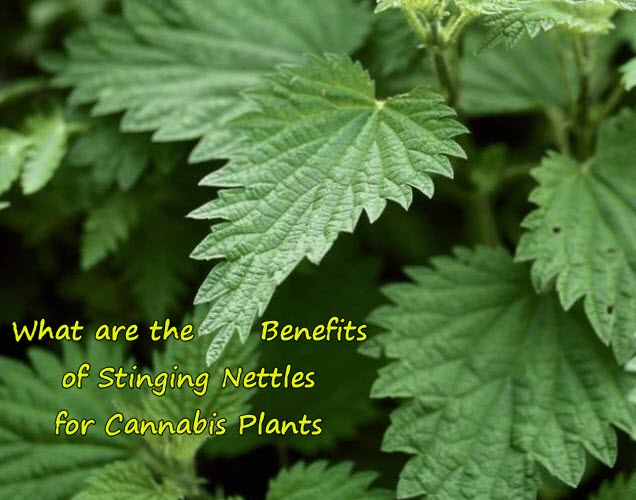
Stinging nettles are often viewed by many gardeners as ‘intrusive and useless weeds’ once sighted in their grow space. These include cannabis cultivators who do all within their means to get rid of them since they view them as threats that are out to harm their plants and decrease their yield. However, they fail to remember that cannabis just like any other plant needs a grow space filled with several species of insects, microbes, and plants to create an enabling environment for the plant to grow properly. Many plants are especially able to work with cannabis to play substantial roles in the cultivation of the plant as ‘companion plants’. The stinging nettle with botanical name Urtica dioica is one of such plants.
The stinging nettle is a specie of plant that belongs to the Urticaceae family. This plant native to areas such as North Africa, Europe, and parts of Asia is a perennial herbaceous flowering plant that can grow unbidden in your garden while spreading through the medium of seeds and rhizomes. The stinging nettle shares the characteristic of producing trichomes on its leaves though they are used in the protection of the plant rather than the production of cannabinoids. These trichomes possess a structure that allows the inoculation of histamines into the body of humans or animals that come in contact with the plant. Despite this, the plant has several benefits which it could offer your cannabis cultivation process.
The Many Benefits of Stinging Nettle
The use of stinging nettle as a companion plant to your cannabis comes with wide-ranging benefits which makes it a great addition to your garden.
Attracting Insects
Stinging nettles are great for drawing the attention of helpful insects into your gardens. This is as a result of a large amount of nectar available in the flowers of the plant. Ladybugs and other beneficial predator insects find them very tempting while eliminating insect species such as mites and aphids which can be harmful to the cannabis plant.
Camouflage
Stinging Nettles are said to be genetically related to cannabis and share some similarities which include their appearance. This makes it possible for stinging nettle to serve as camouflage or cover for your cannabis plants especially when you would like to keep a low profile from your neighbors regarding the cultivation of the plant.
Plant improvement
These beneficial plants are also reputed for improving the plants' smell and taste though it is not explainable by science. This action caused by the male nettle pollen which is responsible for improving the taste of some fruits and vegetables. It helps your cannabis plant tap into the botanical synergy that aids in increasing the production of terpenes in the cannabis flowers. These terpenes produced by the trichome glands are volatile aromatic hydrocarbons that give the cannabis plants their distinct smells and tastes. They are also responsible for enabling the occurrence of the entourage effect which allows an increase in the effects of the cannabinoids including THC and CBD.
Fertilizing Plants
Stinging nettles make use of nutrients in their physiological development just like all plants after which they reproduce and then die for the nutrients to be broken down and reintegrated into the rhizosphere. You don’t necessarily have to wait for the plants to wilt and die before taking advantage of the abundant nutrient available within them. This can be done even while the plants are healthy and alive by redirecting the molecules they contain into other uses such as fertilizing the soil. This can be done by making compost out of the stinging nettles.
Compost piles are great for increasing the biodiversity and quality of the soil by breaking down organic matter with the help of microorganisms to provide the plants with essential nutrients in a greater quantity. They are usually made up of carbon and nitrogen-rich materials, the carbon-rich brown matter which includes sticks and dead leaves while the nitrogen-rich green matter is made up of fresh leaves and stems. Stinging nettles with their abundance of vitamins and nutrients such as calcium, potassium, iron, magnesium, zinc, and amino acids make a perfect addition to the compost pile to provide the needed macro and micronutrients for your cannabis plants.
Another way of taking advantage of the beneficial stinging nettle is by making a compost tea which can be used as a foliar spray for the cannabis plant. This is achieved by fermenting the plants in a container filled with water to soak for 3 weeks. This allotted period allows the mixture to completely ferment to achieve the needed result. You can strain it to extract the liquid and then mix with water at a ratio of 1:20 for foliar sprays but it can be done at a ratio of 1:10 when watering the plant.
The stinging nettle is one very beneficial plant that you should keep as a close ally for your cannabis but you should keep in mind that they grow rapidly and all over the place, so try to keep them in check.
CANNABIS COMPANION PLANTING, READ MORE..
CANNABIS COMPANION PLANTS, WHICH WORK BEST?
OR..
CANNABIS AND PEPPERMINT PLANTS, CO-PLANTING IS GOOD?
